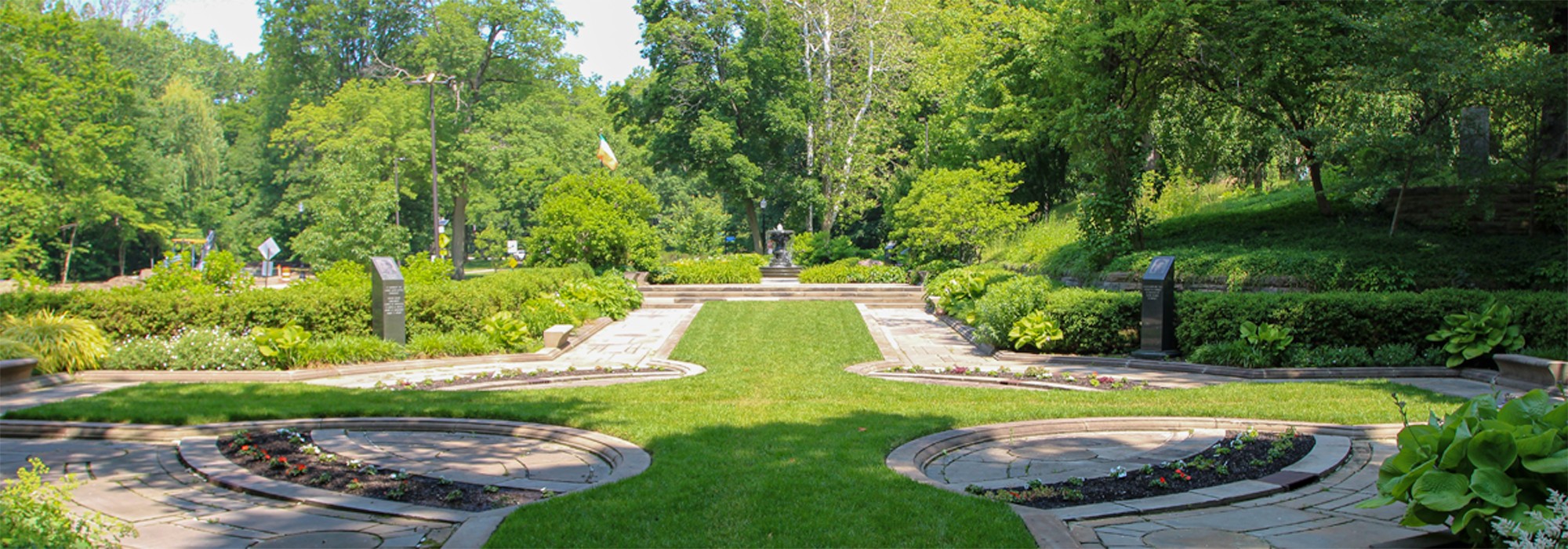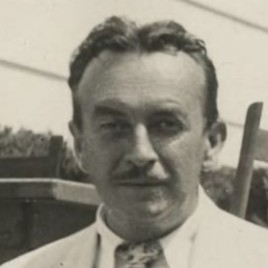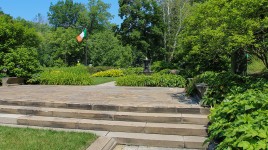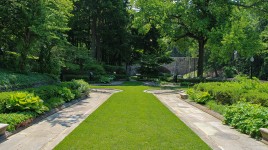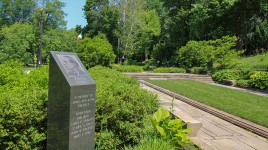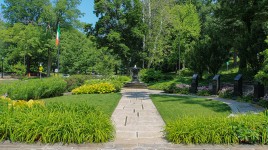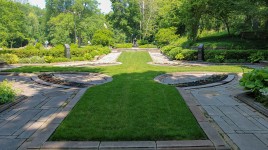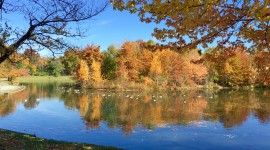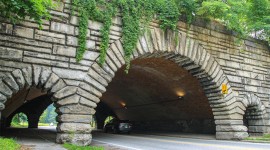Pioneer Information
Born in Tyrone, Pennsylvania, Gray graduated from Bucknell University and attended Harvard University before joining the office of Olmsted Brothers in Brookline, Massachusetts. In 1920 he moved to Cleveland, Ohio, and established a landscape architecture practice, taking on designs for numerous private estates and gardens in the region. His residential designs included the development of Fairhill Road Village and the Cedar Center apartments, one of the first federally funded public housing projects in the United States. Gray worked on many of Cleveland’s public parks, including Forest Hill Park, and designed the WPA-funded Horticultural Gardens for the Great Lakes Exposition of 1936-1937. His Beaux-Arts design for the three-and-a-half-acre lakefront site incorporated distinct garden rooms embellished with plantings of annuals and perennials, and water features connected by stone staircases and pedestrian promenades. His outdoor rooms included period gardens interpreting the frontier, Civil War, and World War I eras, as well as a “Garden of the Nations” inspired by his travels throughout Europe, Central America and South America.
Gray married Florence Ball in 1928. Outside of his practice, he wrote a gardening column for the Cleveland Press. In 1936 Gray organized the Dunham Tavern Corporation, which raised funds to restore and protect one of Cleveland’s oldest structures, the Dunham Tavern. He also advocated for the creation of the Cleveland Cultural Gardens and designed its Irish Garden, which was dedicated in 1939. Gray died in Cleveland in 1939 and was buried in Highland Park Cemetery.



